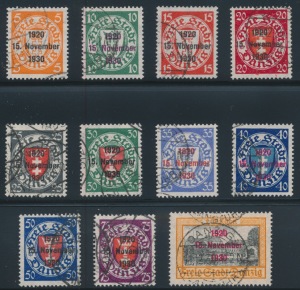2014 may be the year when the sales tax exemption that most philatelists enjoy when they add stamps to their collections ends. The current sales tax code in most states does not formally exempt postage stamps from sales tax but rather exempts sales of products that travel across state lines when the merchant lacks a physical presence in the state that he is selling (which is how most stamps are sold). This exemption has fueled the growth of mail order selling, and now Internet selling and has been actively opposed by most states who are desperate for revenue. The reason for current mail order sales tax exemption is that under our Constitution only the Federal government has the right to regulate interstate commerce, and so mail order sales from one state to the next fall under the bailiwick of Congress to regulate and tax. But under pressure from the states, Congress may well act this year.
The




